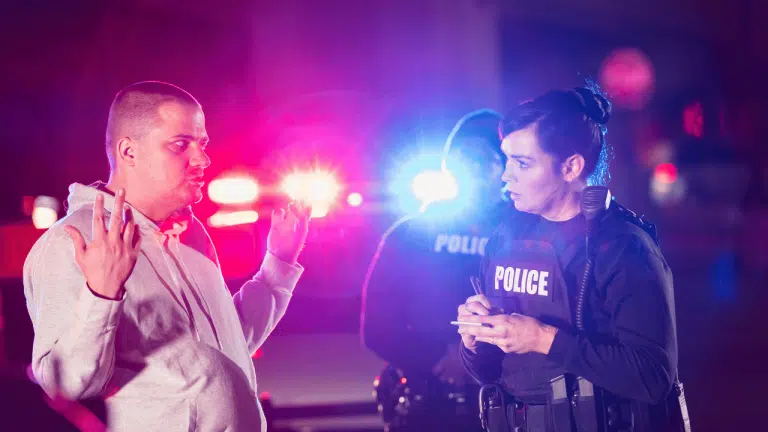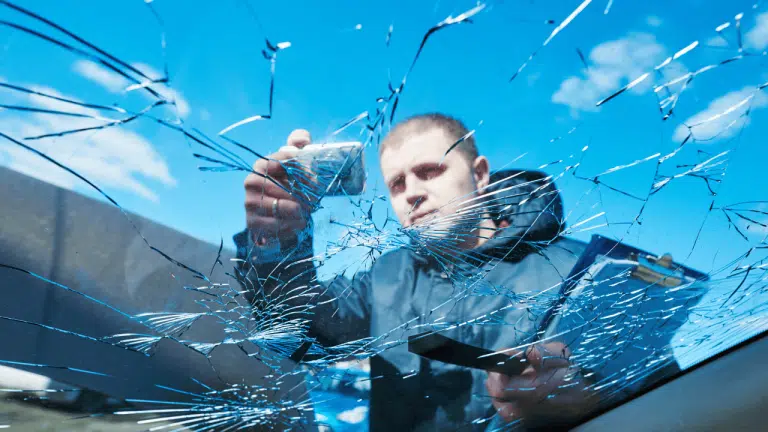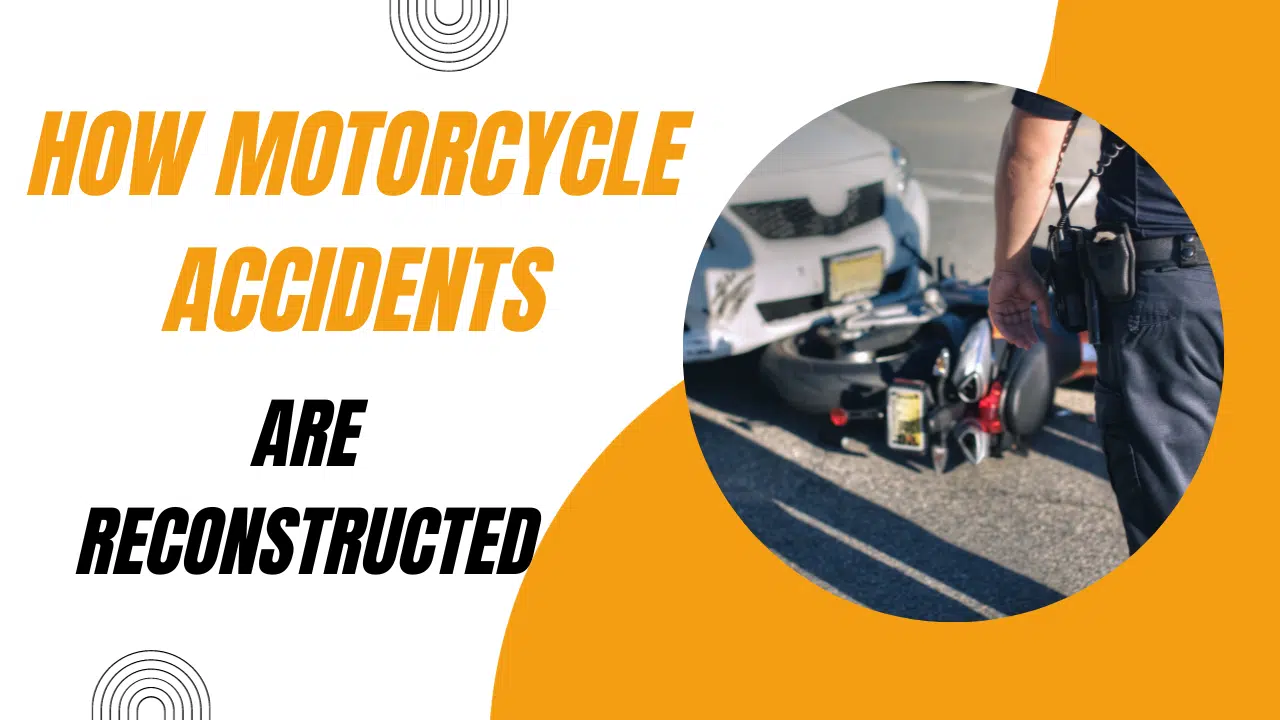Motorcycle accidents are quite common on USA roads. When they happen, they can lead to devastating consequences, including injuries and even loss of life.
In the aftermath of such accidents, investigators and experts play a crucial role in determining the causes and assigning liability.
This process, known as motorcycle accident reconstruction, is a blend of science, technology, and expertise, aimed at looking at these complex incidents from a different perspective.
Unlike car accidents, where vehicles often provide more protection and leave clearer clues, motorcycles leave behind subtler but equally vital evidence. In addition, people who ride a motorcycle are much more prone to injuries due to the lack of outside protection.
In today’s world, it is more important to understand how motorcycle accidents are pieced together to better understand how to stay safe from them.
Data Collection And Documentation

At the heart of motorcycle accident reconstruction lies meticulous data collection and documentation.
Accident investigators record every detail, often starting with the accident scene’s “point of impact,” which is the spot where the motorcycle collided with another vehicle, object, or the road, often known as the epicenter for data gathering.
Accident scene data collection involves taking precise measurements of skid marks, examining road conditions, and even analyzing the positions of debris.
Modern technology aids in creating accurate models of the scene, and these digital recreations can later be used for comprehensive analysis and courtroom presentations.
Analysis of Vehicle Damage
The condition of the motorcycle after an accident can reveal critical information, including the damage pattern, deformation, paint transfers, and the location of impact.
This painstaking examination helps reconstruct the forces and angles involved in the collision. It can determine, for instance, whether the motorcycle was struck from the rear, side, or front and whether the rider was ejected.
Moreover, the analysis of vehicle damage can extend to the inspection of safety features to determine if any mechanical failures contributed to the accident.
Such details provide valuable insights into the sequence of events, which could potentially lead to a higher settlement in court.
Witness Testimonies and Statements

Accident reconstruction is not solely reliant on physical evidence and data. Eyewitness accounts and statements play a significant role in corroborating the reconstructed sequence of events.
Witnesses often provide critical perspectives on factors such as the estimated speed of the motorcycle, the behavior of other motorists, and any unusual road conditions.
However, it’s important to note that eyewitness testimony can be subjective and influenced by various factors like stress and memory limitations.
Experts are trained to evaluate witness statements critically and weigh them alongside physical evidence to create a comprehensive reconstruction.
Data Analysis and Reconstruction
After gathering data, analyzing vehicle damage, conducting crash tests, and considering witness testimonies, experts embark on the intricate task of reconstructing the accident.
This involves multiple tasks such as complex mathematical calculations, the application of physics principles, and computer modeling.
Reconstruction software allows experts to input data and simulate various scenarios, helping them recreate the precise sequence of events leading to the accident.
This process results in a comprehensive report that details the probable cause of the accident, including factors like vehicle speeds, braking distances, and rider actions.
The Role of Experts

Accident reconstruction experts are the linchpins of this scientific process. These specialists, often engineers or physicists, bring a wealth of knowledge to the table.
They not only understand the principles of vehicle dynamics, collision mechanics, and physics but also possess a keen eye for detail and the ability to interpret complex data.
Their expertise doesn’t stop at reconstruction; they are often called upon to testify in court proceedings, explaining their findings and providing clarity to judges and juries.
Their impartial analysis is crucial in determining liability and ensuring justice is served.
Legal Implications
The outcomes of motorcycle accident reconstruction can have significant legal ramifications. The accuracy of the reconstruction often decides the allocation of liability in insurance claims and personal injury lawsuits.
A precise reconstruction can aid in proving or disproving negligence, helping victims receive fair compensation.
Furthermore, motorcycle accident reconstruction can uncover previously unknown contributing factors, such as manufacturing defects or road design flaws.
In such cases, legal action may be taken against responsible parties in the state the accident took place.
The state of Texas has more motorcycle accidents than any other state in the USA according to this report from QuoteWizard.
An Austin motorcycle accident attorney can assist you if your accident took place in Texas and you have questions or wish to explore your options of legal action.
How Our Motorcycle Accident Knowledge Can Deepen
Motorcycle accident reconstruction is a meticulous blend of science, technology, and expertise, aimed at unraveling what truly happened behind these often devastating events.
As technology and methodologies continue to advance, our understanding of motorcycle accidents deepens, leading to safer roads and improved protection for motorcyclists and all road users.
This intricate process underscores the importance of accident investigation in pursuing justice and enhancing overall road safety.





